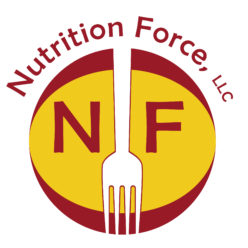What is a whole grain? What about gluten? There are so many grains, I don’t know what is the healthiest to eat? These questions and many more will be answered during this series on grains.
A whole grain is a grain that contains all three components of the plant: bran, germ, and endosperm. The bran is where most of the fiber is found in the whole grain, while the germ contains most of the vitamins, minerals, and fat. Whole grains contain many nutrients needed every day. These include many B vitamins, copper, vitamin E, fiber, and magnesium. Studies have shown that eating whole grains can help lower the risk of coronary heart disease and diabetes.
Enriched grains are refined grain products, which lose vitamins and minerals when the germ and bran are removed during processing. Enrichment replaced the thiamin, riboflavin, niacin, and iron lost with the bran and germ. By law, products made from refined grains must use enriched flours. In 1998, federal law mandated that folate be added to refined grains to help reduce the incidence of neural tube defects in children. Neural tube defects can occur in the child when the mother has low blood levels of folate early in pregnancy.
Even though the USDA recommends American’s get at least half of their grains from whole grains, most American’s fail to meet this recommendation. Many people state they do not like the flavor of whole grains. One way to combat this problem is to mix the whole grain with an enriched grain. This can help until taste buds get accustomed to the flavor of whole grains.
Stay tuned for follow up posts about grains. We will be discussing ancient grains, rice, oats, wheat, and many more!

Very informative